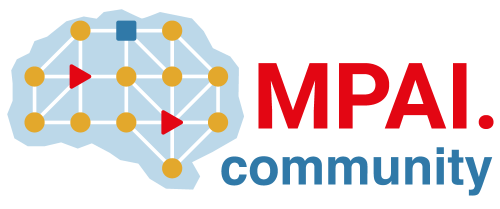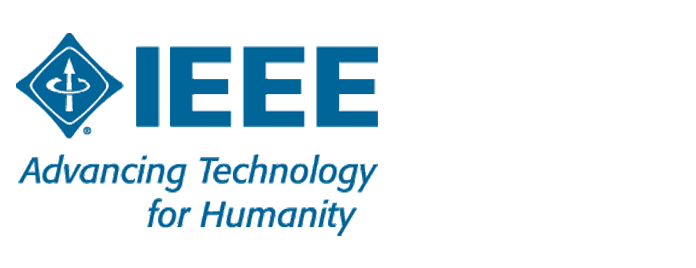Avatar Representation and Animation
Avatar Representation and Animation (ARA) is a Technical Specification being developed to provide data format specifications enabling a party to represent and animate an avatar transmitted by another independent party. The goal is represented by the following use case: Avatar-Based Videoconference: avatars representing humans with a high degree of accuracy participate in a videoconference. A virtual secretary (VS) represented as an avatar displaying PS creates an online summary of the meeting with a quality enhanced by the VS’s ability to understand the PS of the avatar it converses with.

MPAI ARA
https://mpai.community/mpai-ara/


